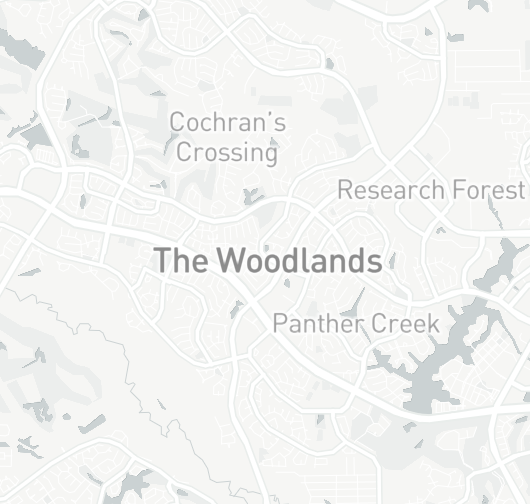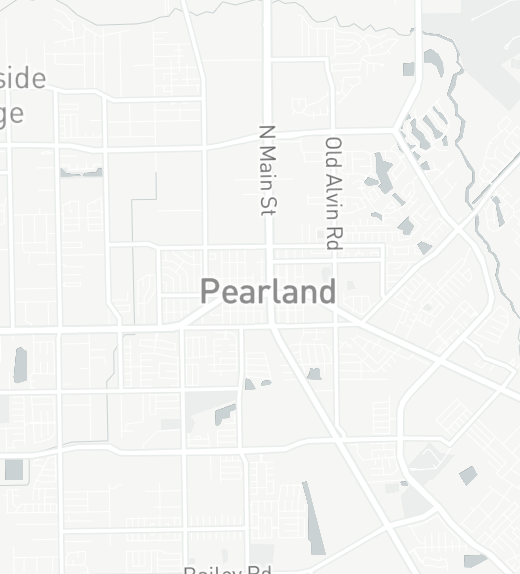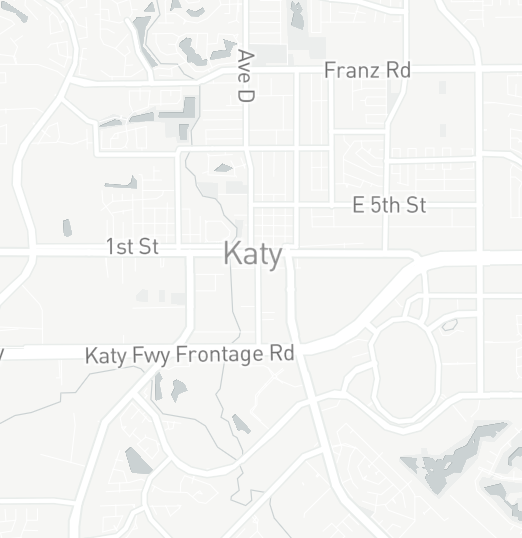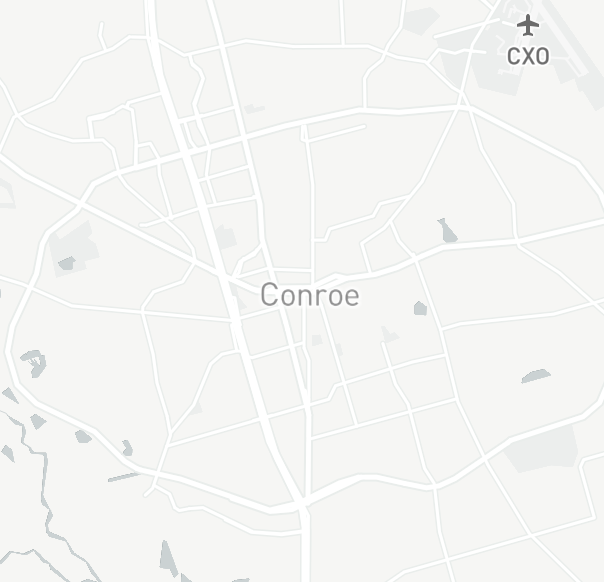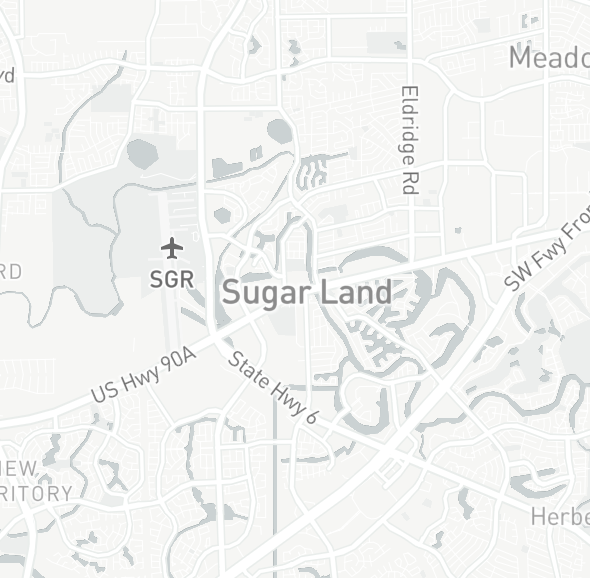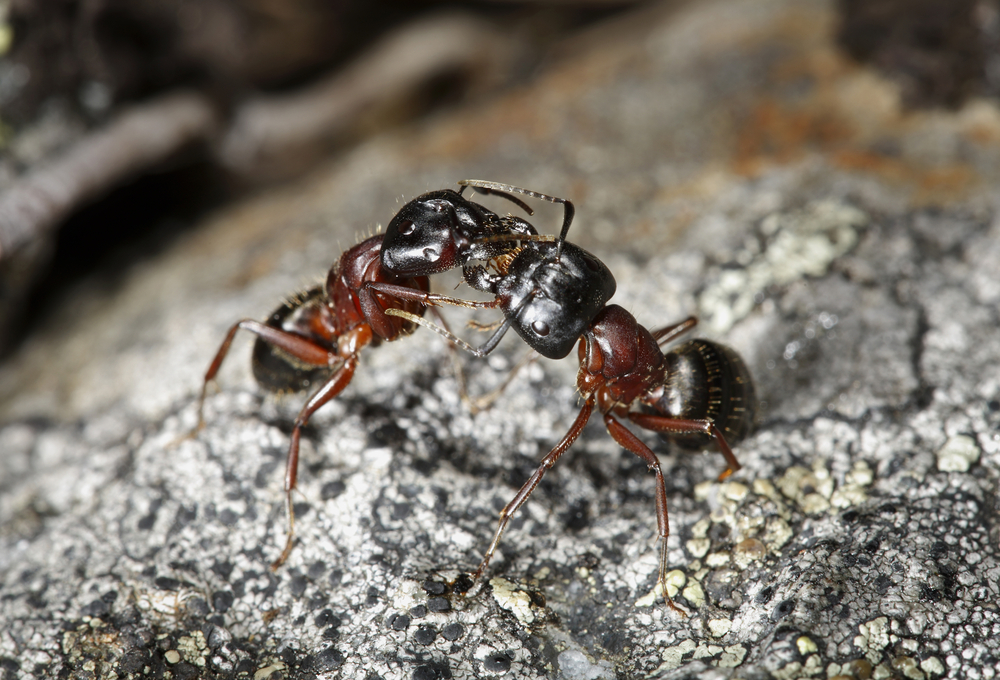Of the many pests that might pose an issue for homeowners in Katy, TX, termites and carpenter ants are some of the most damaging. If you don’t promptly seek help from a pest control company, both of these insects can cause serious damage to your home. Identifying which type of insect you’re dealing with is the first step in ant and termite prevention. Here are some tips for how to identify what type of bug is present in your home.
How to Tell the Difference Between Termites and Carpenter Ants
Shape of the body
There are differences in the anatomies of carpenter ants and termites that can be helpful in identifying the insects that you see in your house. Look at the abdomen in particular. A termite doesn’t have a ‘waist’ section to its body, instead having a somewhat rectangular shape without a narrow segment in the middle.
Carpenter ants, on the other hand, have a constricted waist that is clearly defined from the rest of their body. This gives them the segmented body shape that ants are known for.
Differences in Antennae
Along with differences in the shape of the body as a whole, you can also look at the antennae at the top of the insect in question’s head to determine whether you’re looking at a termite or a carpenter ant. These sensory organs are often used by experts to differentiate between different insects.
When it comes to determining the difference between termites and carpenter ants, look for the straight, beaded antennae that termites have. Carpenter ants, on the other hand, have curved antennae with an ‘elbow’ joining them in the middle.
Compare the Wings
You may observe wings on both carpenter ants and termites at different stages of their life cycles, and both insects grow wings in sets of four. While this may make it seem like wings aren’t useful in identifying which of these insects you’re dealing with, the reality is that these characteristics can be useful if you know what to look for.
For one, a termite’s wings are all of an equal size, while a carpenter ant’s forewings are longer than the hindwings. A termite’s wings also tend to be much more fragile, falling off if even a little bit of force is applied. Because of this, one of the first signs you might notice of a termite infestation is the wings piling up at the entrance to their nest. These fallen wings pile up and somewhat resemble groups of fish scales.
Coloration Differences
Looking at the color of the insect in question can be a good clue as to whether you’re dealing with termites or carpenter ants. The worker caste of carpenter ants tends to range from reddish-colored and black. If you see this color on the insects in your home, you’re most likely dealing with carpenter ants.
Termites have a distinctly different color from carpenter ants. Termites are usually light or creamy in color, giving them a very different appearance than carpenter ants. Their bodies are almost transparent due to the light coloration, which is one characteristic that can quickly identify these pests.
Extent of the Damage Caused
Both termites and carpenter ants can be quite damaging when they infest your home. However, these two types of insects aren’t equal in terms of the damage they can do to your property. You can use evidence of the damage caused to help you identify which insect you’re dealing with. Termites tend to be a much more damaging problem, while the damage from carpenter ants is usually more limited.
Carpenter ants bore holes into the surface of the wood to build their nests. This leads to damage that is mostly superficial in nature. Termites, on the other hand, actually eat wood, so they will continue to do damage to the wood they’ve infested until there’s nothing left. If an infestation has progressed to a severe point and you notice very extensive damage, it is more likely to be termites than carpenter ants.
Carpenter Ant and Termite Prevention
There are steps you can take to reduce the risk of ants or termites infesting your home. Here are some ant and termite prevention tips that will reduce the risk of needing to deal with this difficult issue:
Avoid Moisture Buildup
Like many other types of pests, carpenter ants and termites thrive in damp environments. Like any other organism, these insects need water in order to thrive. That means you should avoid excessive buildup of moisture to avoid creating conditions that invite termites and carpenter ants into your home.
Sealing up any leaks is a good way to prevent this type of damage. You should also invest in a quality dehumidifier to bring down moisture levels. Proper insulation also goes a long way towards preventing moisture infiltration of your home. All of these precautionary steps will help to reduce termites’ ability to thrive in the environment of your home.
Be Mindful When Storing Wood
Many people store firewood in or around their homes, sometimes in the crawl spaces underneath the home. While this is necessary for people who want to build fires, such as those who enjoy camping or who have wood-burning ovens, it must be done with caution to avoid giving carpenter ants and termites the conditions they need to infest your home.
Avoid stacking firewood near the foundation of your home, as this will make it easy for any insects in the wood to move to your home. If you have a crawlspace, don’t store your firewood inside of it. Instead, find a sheltered outdoor space that is a fair distance from your home for your wood storage needs.
Seal Any Entrances to the Building
Physically blocking off the means that termites or ants use to enter your home is another excellent step to take toward preventing an infestation. Termites and carpenter ants can use any number of small openings in your home to gain access. Once they’re inside, they can nest in the home and begin their reproduction cycle, creating an infestation that will be much more difficult to remove than a few individual insects will be.
Many of the entrances that pests use to access your home aren’t apparent if you don’t know what you’re looking for. That makes the advice a pest control professional can give you in securing your home a valuable asset. They’ll be able to give your property the comprehensive protection you’re looking for. Taking steps towards prevention now will be much simpler and much less costly than dealing with an infestation that has already taken root.
Contact a Pest Control Company in Katy, TX
Taking action quickly is the best thing you can do if you’re facing a termite or carpenter ant infestation. The sooner you deal with this problem, the less extensive the infestation you have to get rid of will be. Reach out to pest control experts in your area promptly when you first notice signs of the presence of termites or carpenter ants to save time and money later down the line.
Think you might have a termite or carpenter ant problem? Our team is standing by to help. Contact Life After Bugs today to request service!





